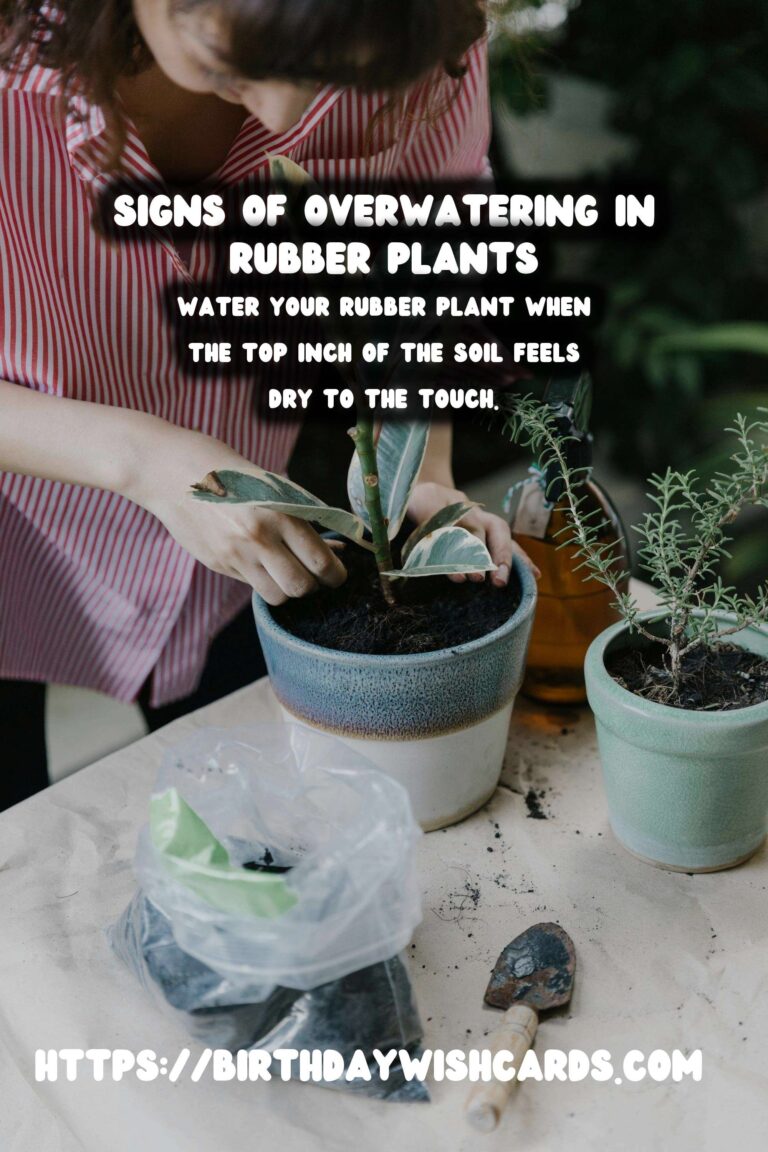
Rubber plants, scientifically known as Ficus elastica, are popular houseplants appreciated for their large, glossy leaves and robust nature. However, like many houseplants, they can suffer from overwatering, which is one of the most common problems faced by plant enthusiasts. Understanding the signs of overwatering and how to prevent it can ensure your rubber plant thrives.
Understanding Your Rubber Plant’s Water Needs
Before delving into the signs of overwatering, it’s essential to understand the water requirements of rubber plants. These plants are native to tropical regions where they experience periods of rain followed by dry spells. Therefore, they prefer to be watered thoroughly and then allowed to dry out slightly between waterings.
As a general rule, water your rubber plant when the top inch of the soil feels dry to the touch. This can vary based on environmental conditions such as humidity, temperature, and light exposure. Remember, it is better to underwater than overwater a rubber plant, as they are more tolerant of dry conditions.
Key Signs of Overwatering
Overwatering can lead to a host of problems for rubber plants. Here are some critical signs to look out for:
1. Yellowing Leaves
One of the most evident signs of overwatering is yellowing leaves. If the lower leaves of your rubber plant turn yellow and drop, it might be getting too much water. Yellowing is often accompanied by a soft texture, indicating that the roots might be waterlogged.
2. Root Rot
Root rot is a severe consequence of overwatering and can be fatal to your rubber plant if not addressed promptly. Symptoms of root rot include a musty smell, mushy roots, and stunted growth. If you suspect root rot, it is crucial to reduce watering immediately and consider repotting the plant with fresh soil.
3. Edema
Edema occurs when the plant absorbs more water than it can transpire, leading to ruptured cells. This results in blisters or raised spots on the leaves. Although not as common as yellowing, edema is a clear indicator of overwatering.
4. Wilting
Interestingly, both underwatering and overwatering can cause wilting. In the case of overwatering, the plant wilts because the roots are damaged and unable to absorb water effectively. Check the soil moisture to determine the cause of wilting.
Preventing Overwatering
Preventing overwatering is crucial for maintaining a healthy rubber plant. Here are some tips to help you avoid this common mistake:
1. Use Well-Draining Soil
Ensure your rubber plant is in well-draining soil. A mix that includes peat, pine bark, and perlite or coarse sand is ideal for promoting drainage and preventing waterlogging.
2. Choose the Right Pot
Opt for a pot with drainage holes to allow excess water to escape. This helps prevent the roots from sitting in water and reduces the risk of overwatering.
3. Monitor Humidity and Temperature
Since rubber plants are tropical, they thrive in environments with moderate humidity and warm temperatures. Adjust your watering schedule according to seasonal changes and indoor climate conditions.
4. Use a Moisture Meter
If you’re unsure about when to water, consider investing in a moisture meter. This tool can help you determine the moisture level in the soil accurately, preventing unnecessary watering.
Conclusion
Understanding the signs of overwatering and how to prevent it is essential for the care of your rubber plant. By ensuring proper watering techniques, using well-draining soil, and monitoring environmental conditions, you can enjoy a healthy and vibrant rubber plant in your home.
Rubber plants can suffer from overwatering, which is one of the most common problems faced by plant enthusiasts. Water your rubber plant when the top inch of the soil feels dry to the touch. One of the most evident signs of overwatering is yellowing leaves. Root rot is a severe consequence of overwatering and can be fatal to your rubber plant. Preventing overwatering is crucial for maintaining a healthy rubber plant. 
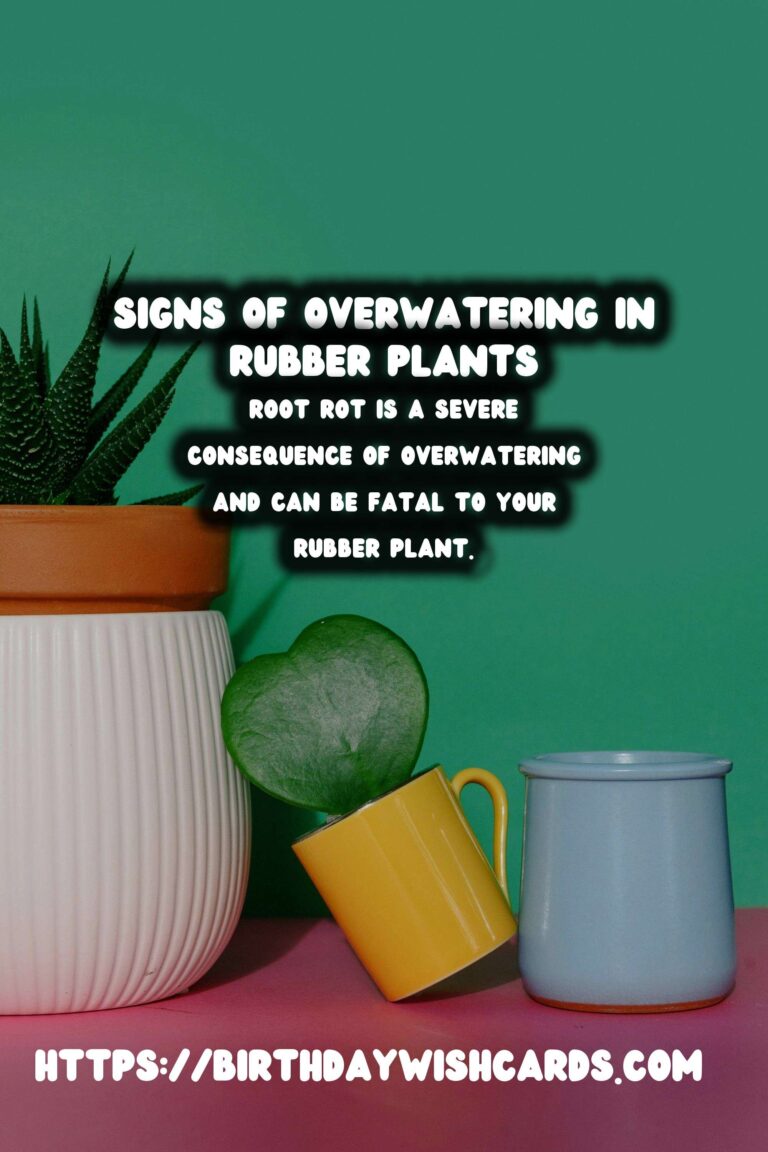
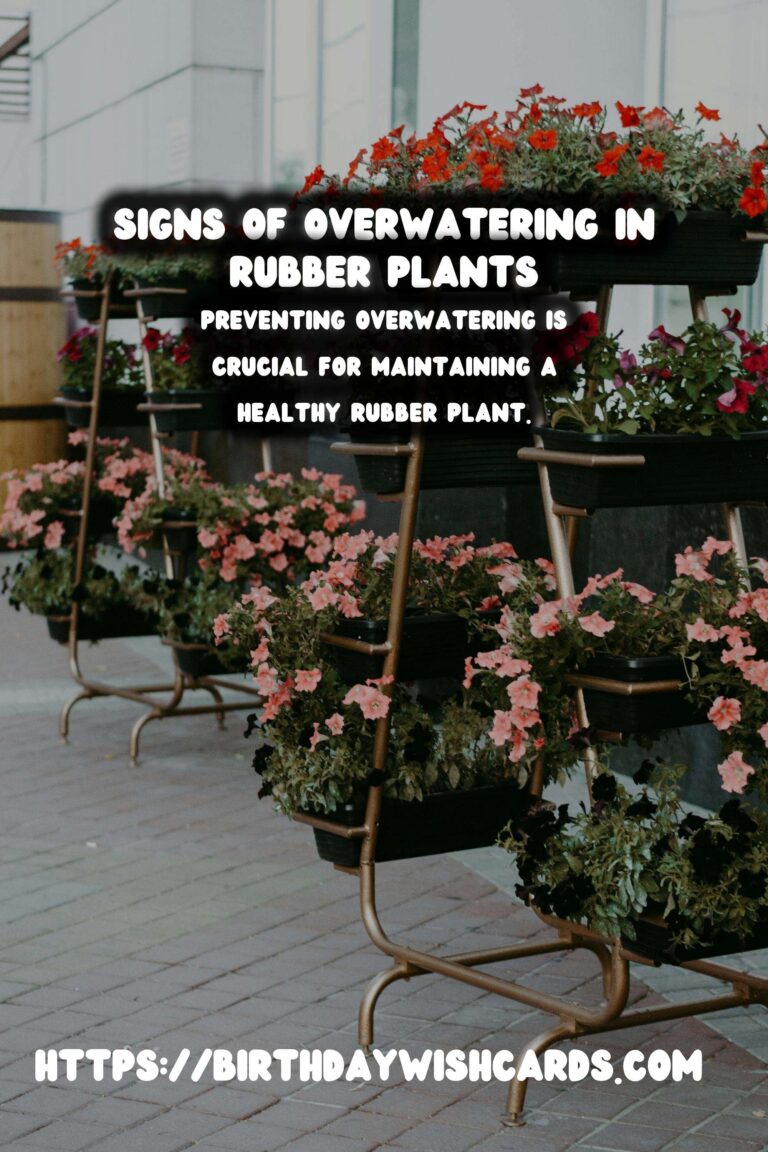
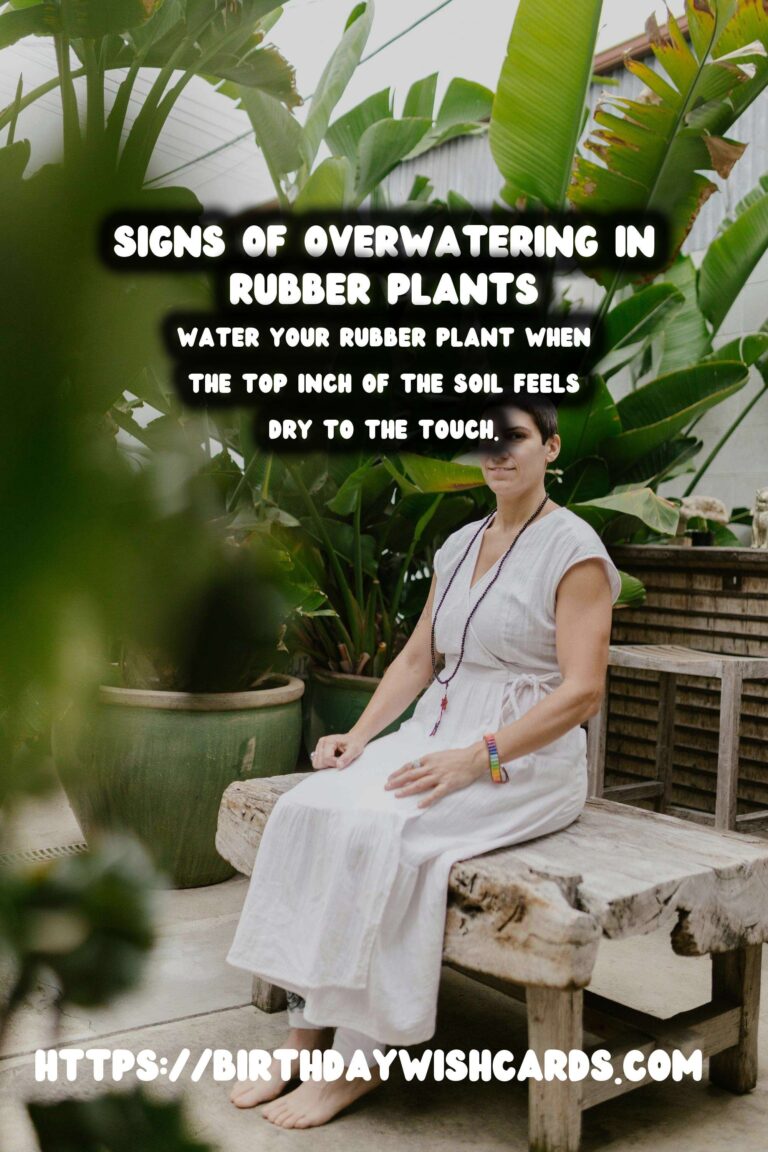
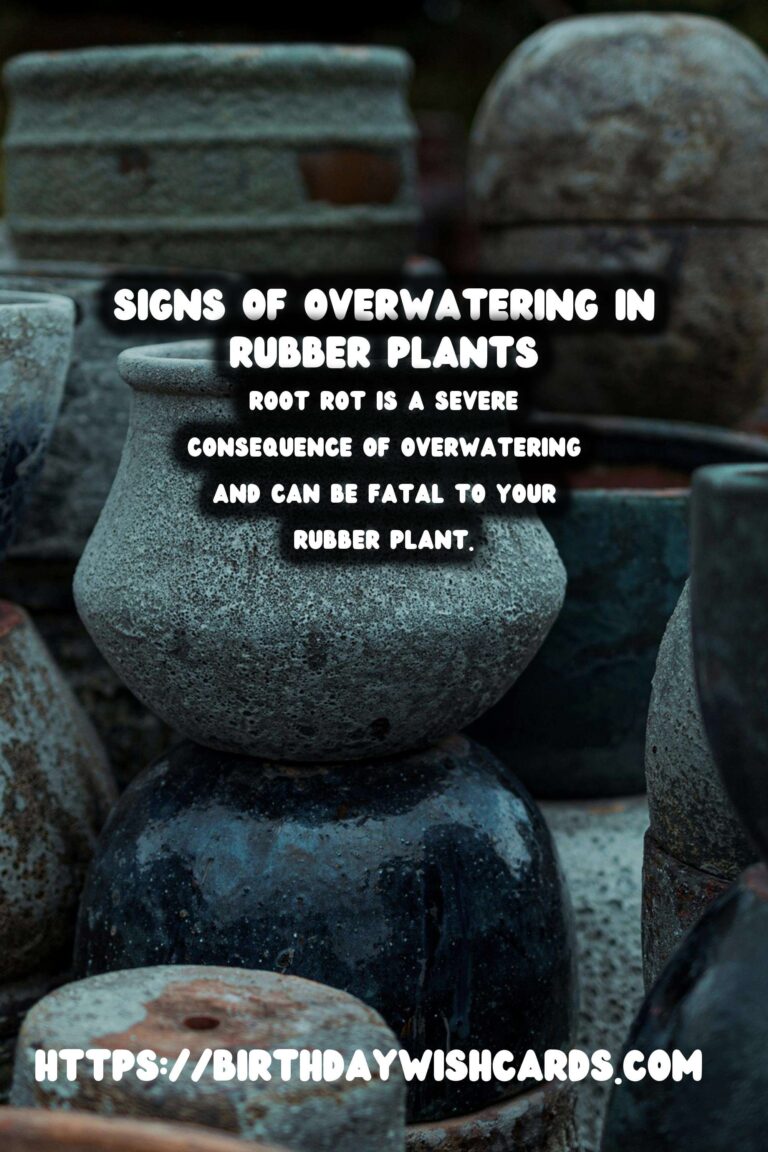
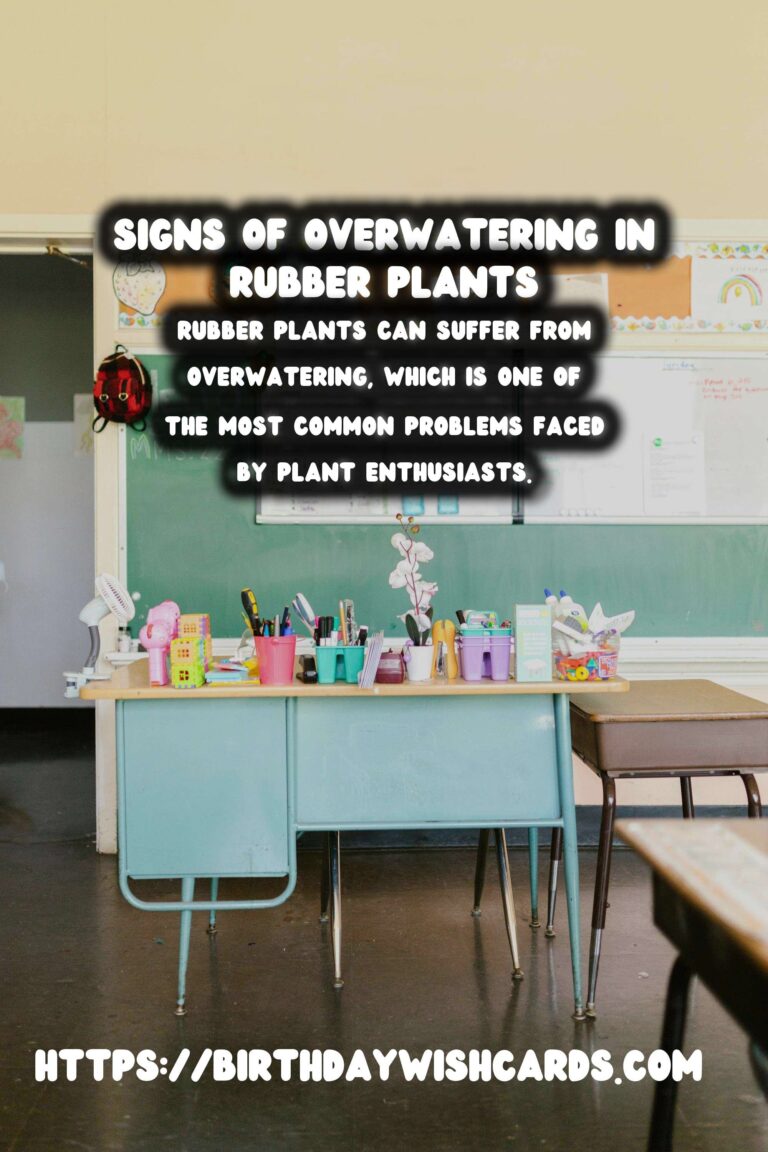
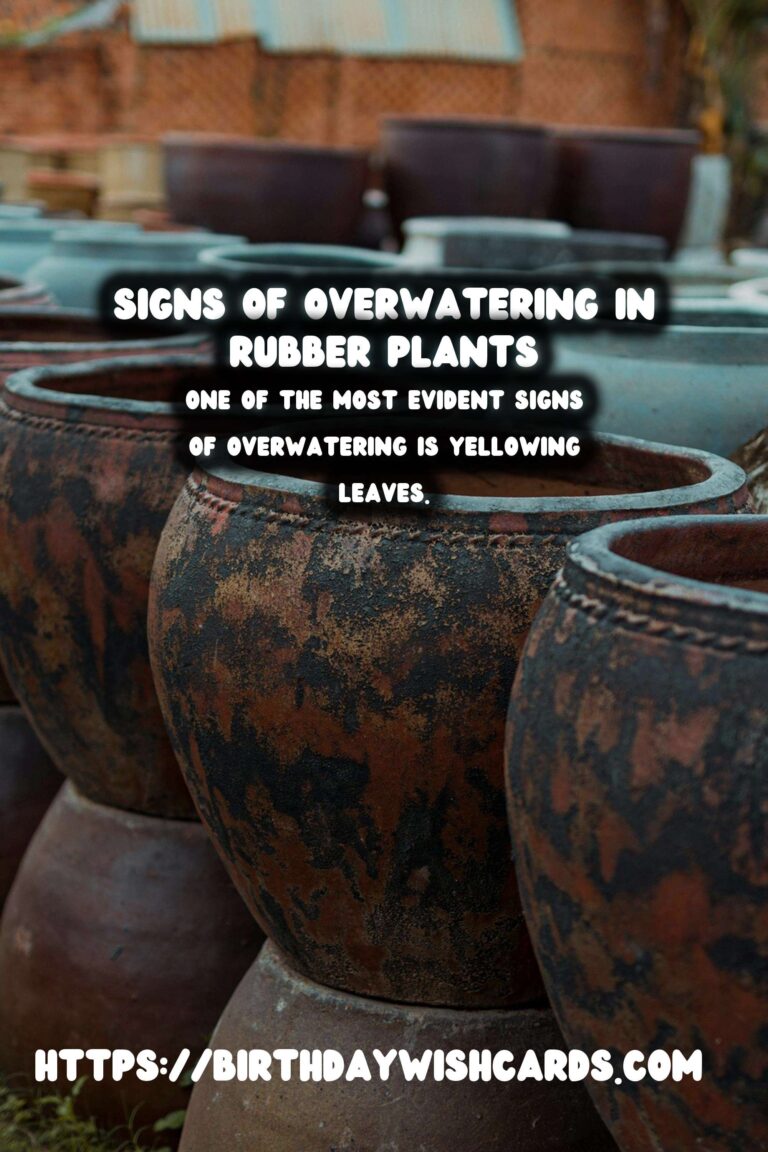
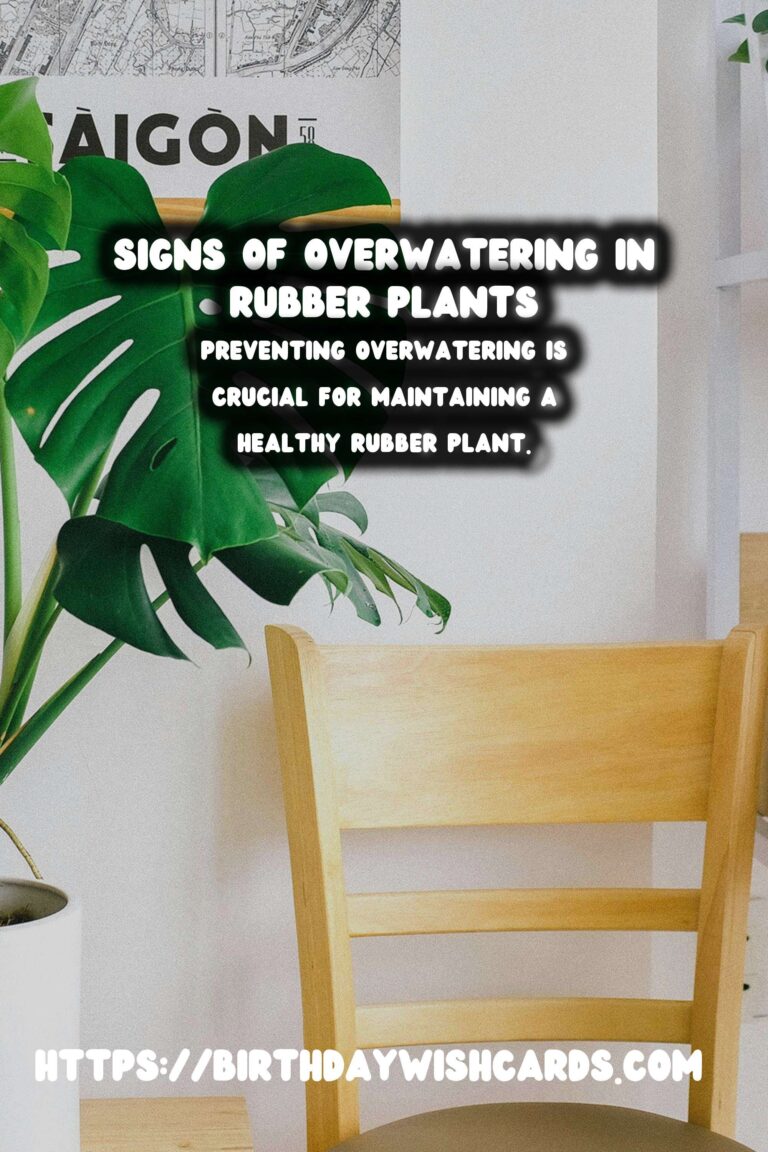
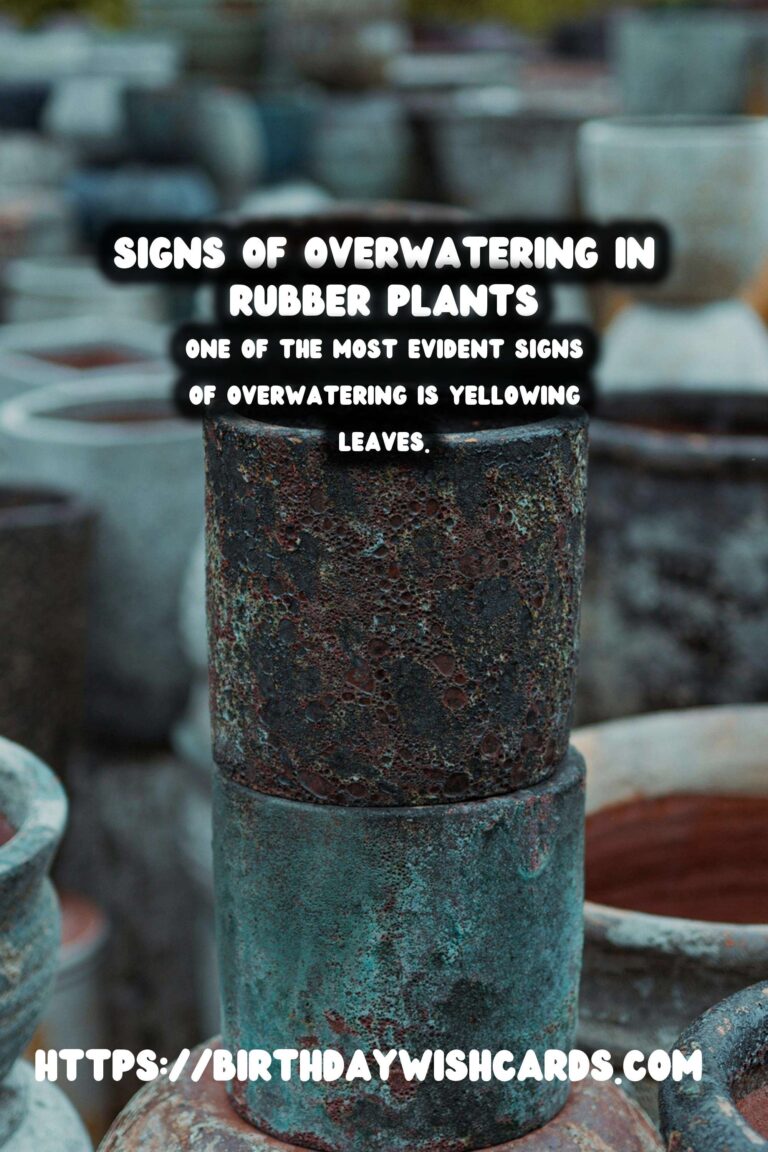
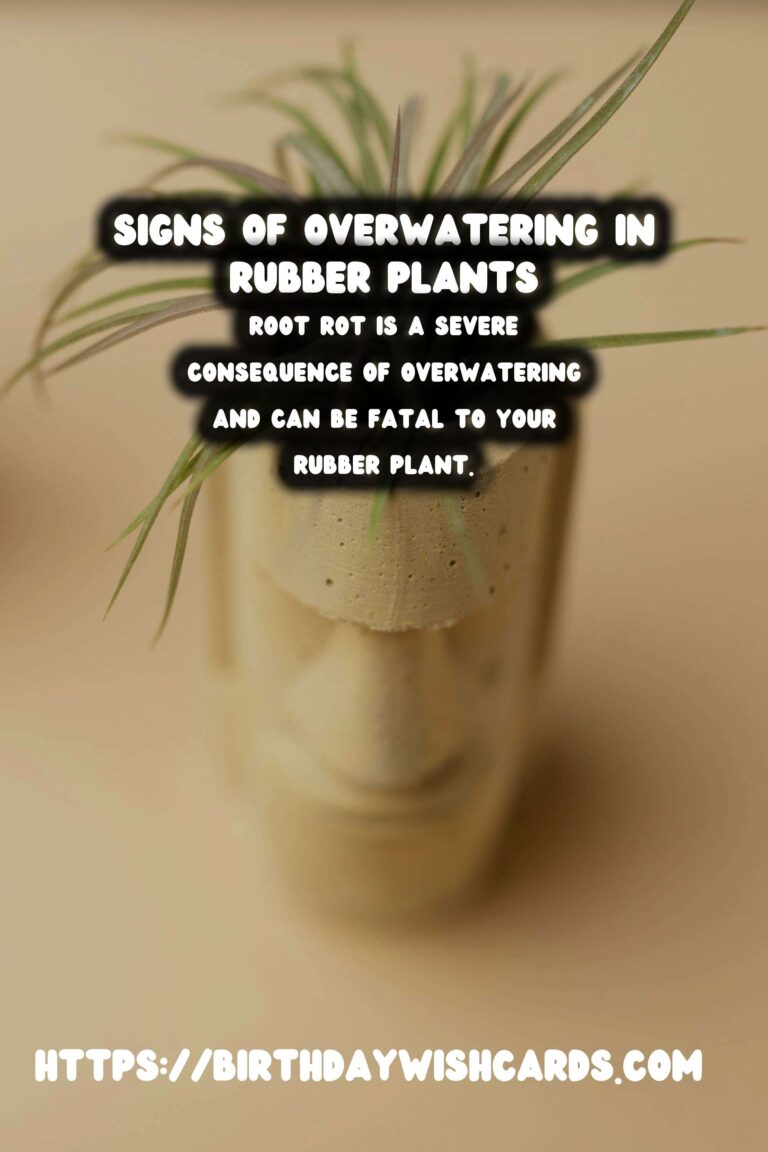
#RubberPlants #PlantCare #IndoorGardening #Houseplants #Overwatering




